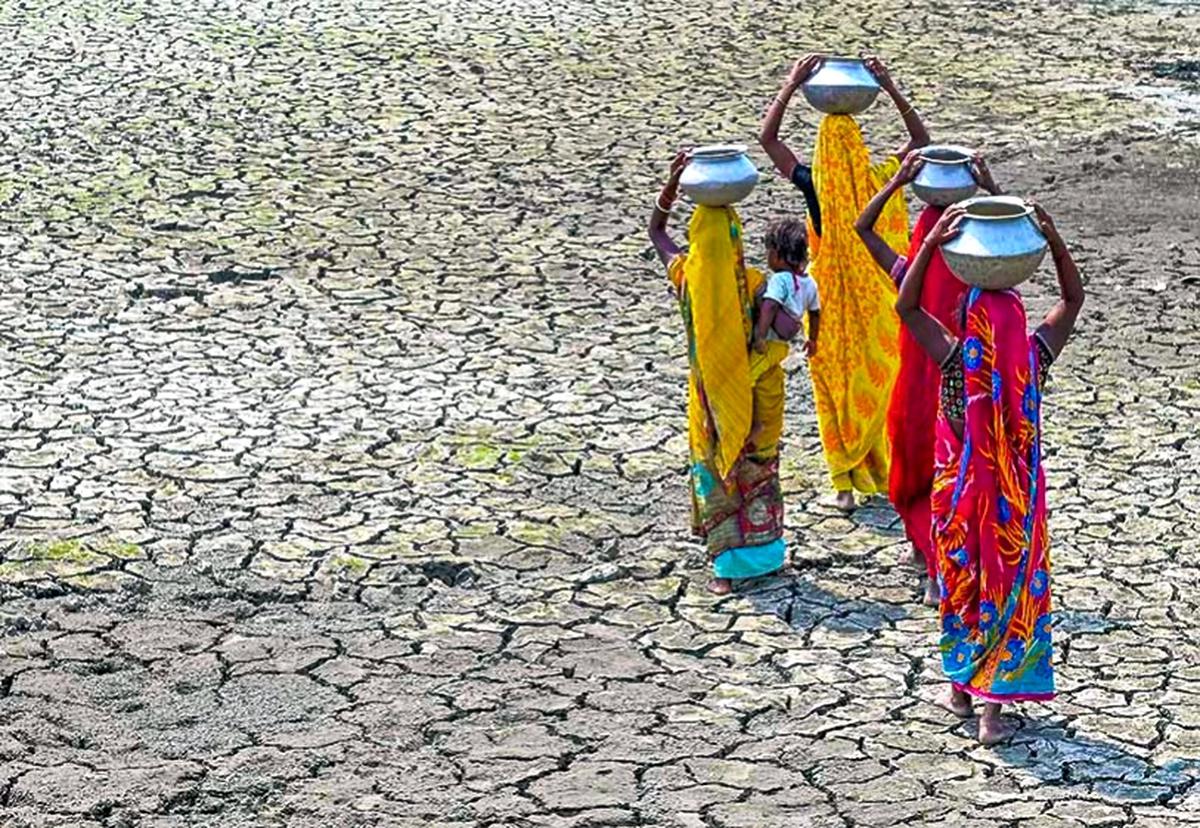From UPSC perspective, the following things are important :
Prelims level: G20
Mains level: Women led development

Central idea
The article critiques the G20 Summit’s Declaration on women’s empowerment, highlighting past implementation challenges and questioning the clarity of “women-led development.” It emphasizes the discrepancy between rhetoric and actions, especially regarding declining budget allocations for women’s development. The central theme revolves around the need for a reevaluation of women-led development strategies to address persistent inequalities effectively.
Key Highlights:
- The G20 Summit’s Declaration on the empowerment of women is acknowledged, but past working groups and sustainable development goals have seen limited implementation.
- The term “women-led development” in the Declaration lacks clarity, and the article questions its parameters and implications for the existing development models.
- The G20 Declaration reaffirms the role of private enterprise in driving economic growth, raising concerns about the compatibility of women-led development with the prevailing macroeconomic model.
Key Challenges:
- The article highlights the persistent discrimination against women and girls globally, emphasizing the need for more effective measures to achieve Sustainable Development Goals.
- Women-led development schemes, as mentioned in government bulletins, are criticized for masking the reduction in government investment in projects benefiting women’s development.
- The Gender Budget, intended to prioritize women’s development, has shown a decline in total expenditure, raising concerns about the commitment to women-led development.
Key Terms/Phrases:
- Women-led development
- Sustainable Development Goals (SDGs)
- Trickle-down theory
- G20 Summit Declaration
- Gender Budget
- Private enterprise
- Corporate-led development
Key Quotes for value addition:
- “At the midway point to 2030, the global progress on SDGs is off-track with only 12% of the targets on track.”
- “We encourage women-led development and remain committed to enhancing women’s full, equal, effective, and meaningful participation…”
Key Statements:
- The article questions the lack of clarity in the term “women-led development” and its compatibility with existing development models.
- Concerns are raised about the reduction in the Gender Budget and the inadequate allocation for wholly women-specific schemes.
Key Examples and References:
- The article cites the decline in women’s share in regular waged work in India according to the Periodic Labour Force Survey (PLFS).
- Specific government schemes and budgetary allocations are referenced to illustrate the disparities in women-led development.
Key Facts/Data:
- The total Gender Budget for 2023-2024 was reduced from 5.2% of the total expenditure the previous year to 5%.
- The share of women in regular waged work in India fell from 21.9% in 2018-2019 to 15.9% in 2022-2023.
Critical Analysis:
- The article critically examines the discrepancies between rhetoric and action in women-led development, highlighting concerns about declining budget allocations and the lack of clarity in the proposed development model.
Way Forward:
- The need for a reevaluation of women-led development strategies is emphasized, urging policymakers to prioritize economic independence for women and address the disparities in budgetary allocations.
Get an IAS/IPS ranker as your 1: 1 personal mentor for UPSC 2024

